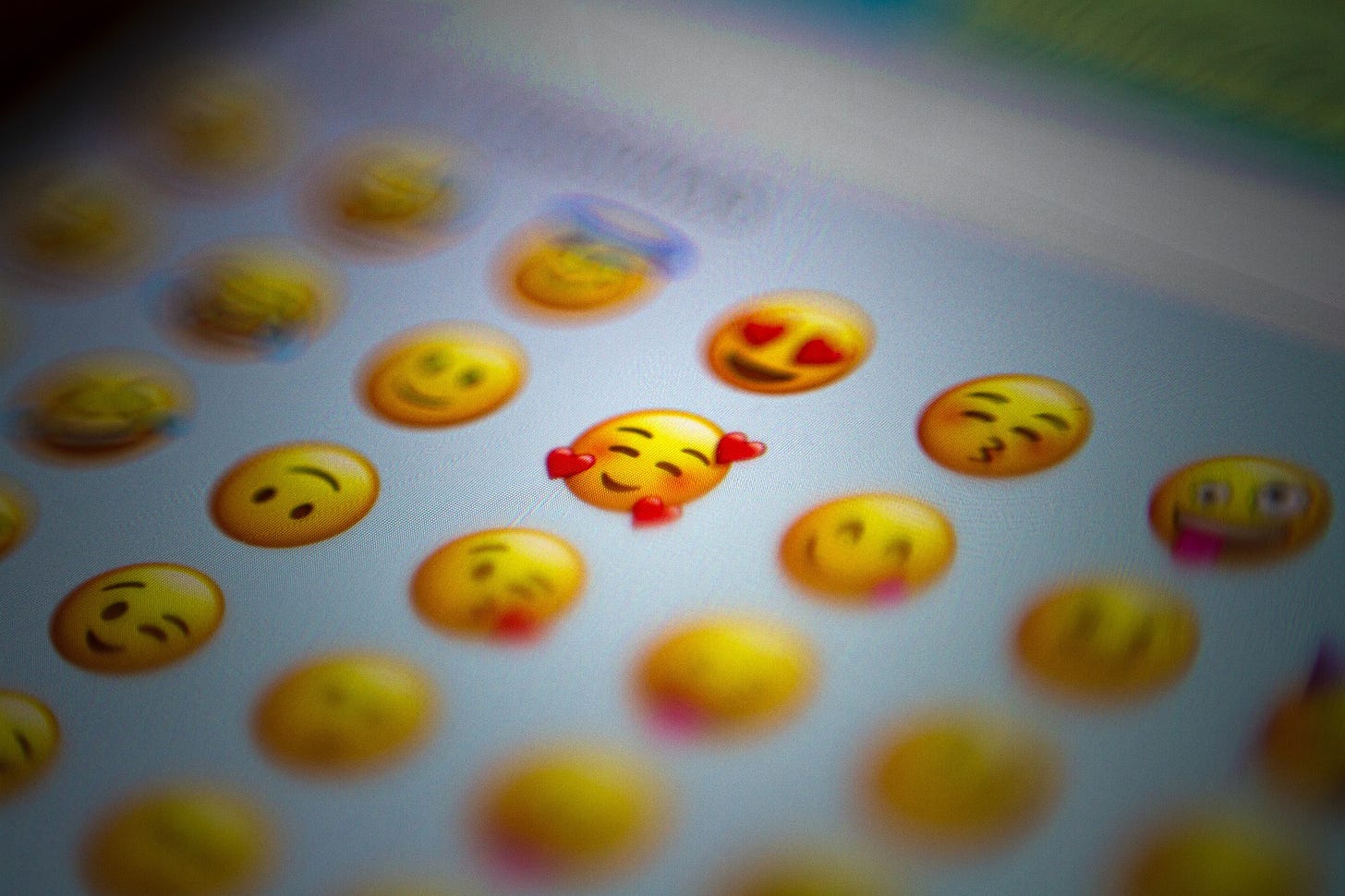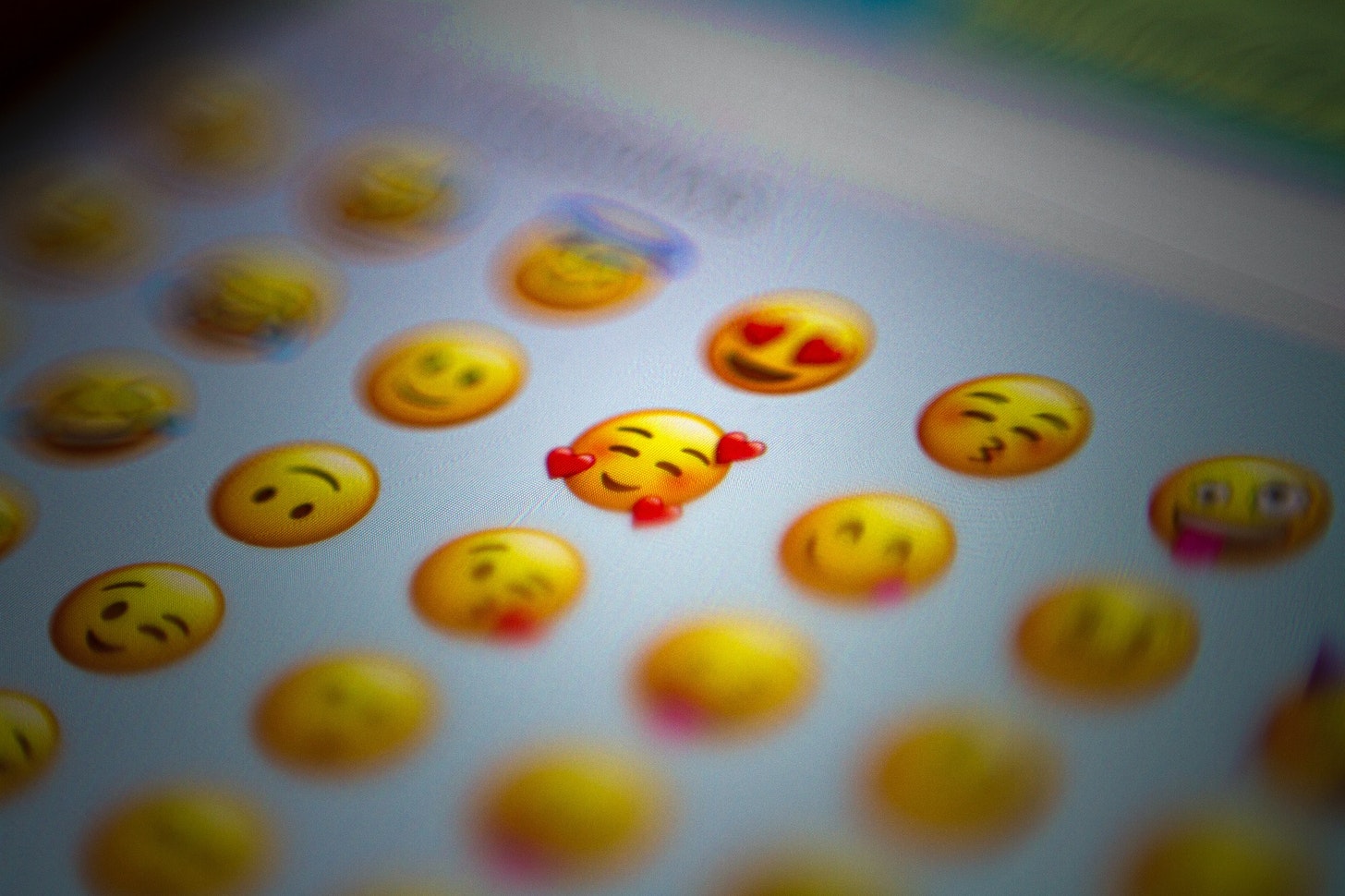
Emojis have been used on mobile phones and more recently on computers as well, but did you know that they originated in Japan?
An Emoji (絵文字) is a picture that is used as a character, and Emoji is a combination of two words: “E (絵)” which means a picture and “Moji (文字) which means a character.
They may be difficult to use in a business context, but when used in casual conversation with a close friend, they can express more emotion and intimacy than normal text.
Kaomojis are similar to pictograms. Japanese people may be more likely to use Kaomoji than Emoji.
Kaomoji (顔文字) is a “face expressed by a combination of characters”. Kaomoji is a word that combines a “Kao (顔: face)” and a “Moji (文字: character)”.
For example;
(^_^) smile
(^_-)-☆ wink
(# ゚Д゚) shocked, disappointed: a stunning look with a gaping mouth when you are surprised or dismayed
(T_T) big cry: a face of tearing from both eyes.
m(_ _)m sorry or please: a symbol of a person heading down to you with both hands
φ(..) taking a note: It means “I’m writing it down”. Well. The “○” part is a hand. The line stretching vertically is a pen. “( )” is the face, and “..” are two eyes.
(*´艸`*) giggle or smile: It is used when you are happy or embarrassed. It symbols that you put your hand to your mouth and laugh.
(-_-メ) anger or yakuza: “メ” is a scar, like the image of a yakuza, or a blood vessel on the temple.
In Japanese, we use Kanji characters every day, which are symbolic letters. Probably, that’s why we are good at expressing what we want to say using images and symbols. In Japanese Manga that you may like, also symbols and signs are often used.
In that sense, it’s very understandable that both Emojis and Kaomojis were spontaneously born from Japanese culture.



Comments